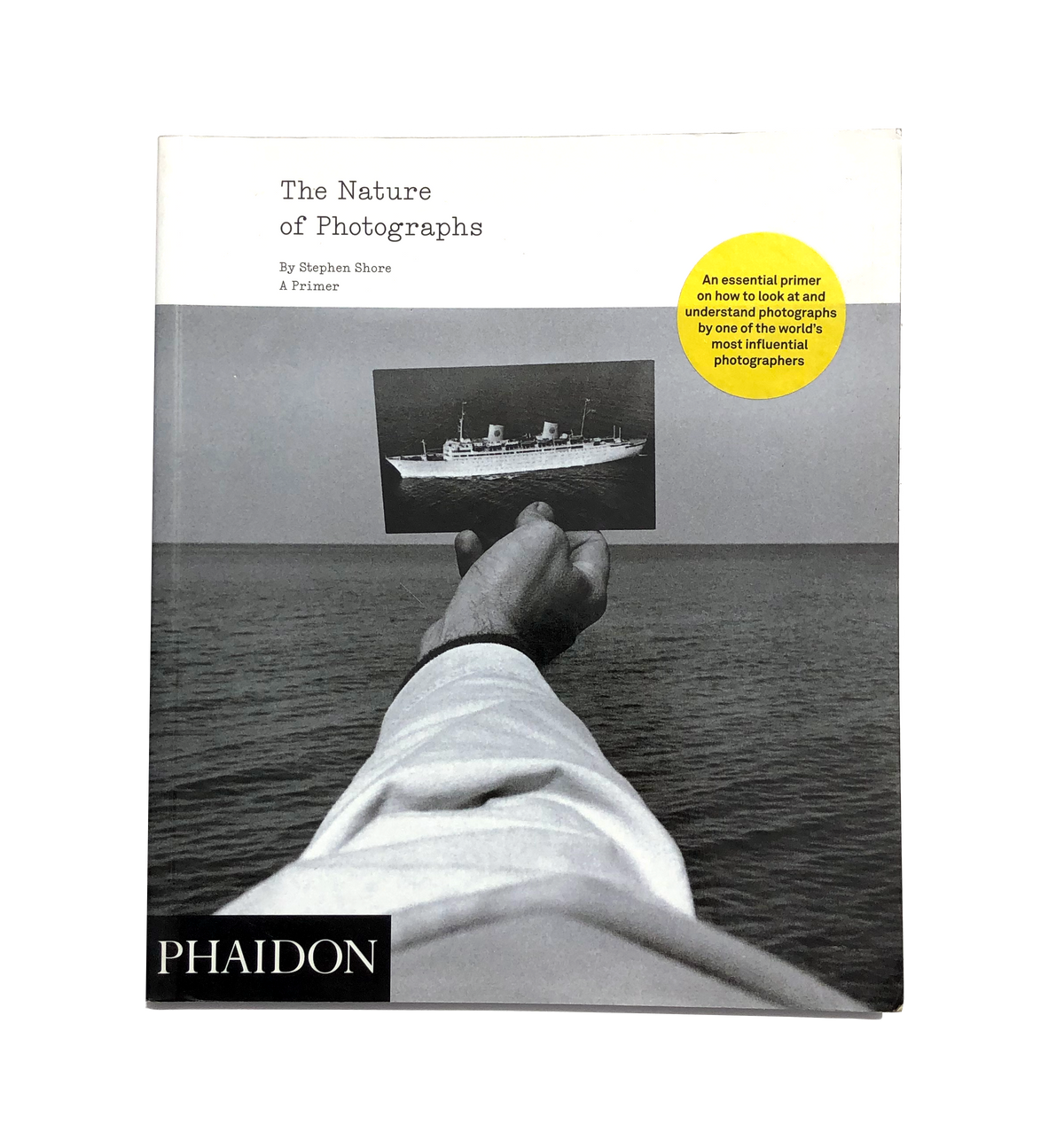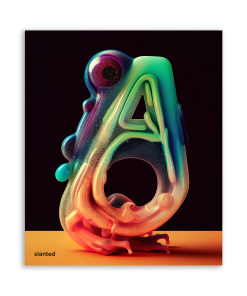Stephen Shore: The Nature of Photographs Phaidon
$ 75,00 $ 37,50
The Nature of Photographs is the essential primer of photography, not only for students but for anyone with an interest in the medium. This book grew out of a college course that Stephen Shore taught for many years. Its aim is not to explore photographic content – the subject of an image – but to describe the physical and formal attributes of a photographic print, the very elements that form the tools a photographer uses to define and interpret that content. By teaching us how to look at photographs and helping us to see the world the way the photographer may have seen it, Shore also teaches us a way of looking at the world around us.
The Nature of Photographs is a primary tool for critical analysis and the understanding of photography in general. As one of the photographers who established colour photography as a legitimate medium of artistic expression in the early 1970s and an influential and important teacher of both the theory and practice of photography, Stephen Shore is the ideal guide to the subject of ‘how’ to look at photographs. By putting himself in the shoes of the photographers, he imagines the concerns or approach to the subject or concept they may have had when they were taking the picture.
As well as a selection of Shore’s own work, The Nature of Photographs contains images from all eras of photography, from classic images by Walker Evans, Brassai and Eugène Atget to more contemporary work by Bernd and Hilla Becher, Cindy Sherman, Joel Sternfeld, Thomas Struth, Richard Prince and Andreas Gursky. It includes all genres, such as street photography, fine art photography and documentary photography, as well as images by unknown photographers, be they in the form of a snapshot from the early days of photography or an aerial photograph taken as part of a geographical survey. Shore has selected images by, among others, Eugène Atget, Walker Evans, Diane Arbus, William Eggleston and Robert Adams, and offers an explanation as to how they ‘work’. Together with his clear, intelligent and accessible text, Shore uses these works to demonstrate how the world in front of the camera is transformed into a photograph.
SPECIFICATIONS:
Format: Paperback
Size: 245 x 210 mm (9 5/8 x 8 1/4 in)
Pages: 136 pp
Illustrations: 86 illustrations
ISBN: 9780714859040
Fast Shipping and Professional Packaging
Due to our longstanding partnership with UPS FedEx DHL as well as other leading global carriers, we can provide various shipping options. Our warehouse staff is highly trained to pack your goods precisely according to the specifications that we supply. Your items are carefully inspected and securely secured prior to shipment. We deliver to thousands of customers every day across multiple countries. The fact that we are determined to become the largest online retailer in the World is clear. Both Europe as well as the USA have distribution and warehouse centres.
Note: Orders containing more than one product will be assigned a distinct processing time dependent on the particular item.
Prior to shipment, we inspect the ordered items thoroughly before sending the items. The majority of orders are shipped within 48 hours. Expected delivery time is between 3 and 7 days.
Returns
Due to the multiple parties involved, including the factory and the warehouse, we cannot fully manage stock. The levels of stock can change at any moment. Please understand it may happen that your order may be out of stock after your order has been made.
The policy is for 30 days. If it's been more 30 days since you made your purchase and we're unable to offer you a complete refund or exchange.
The item must not be used and in the original packaging. It must also be returned in its original packaging.
Related products
Books
Books



















































